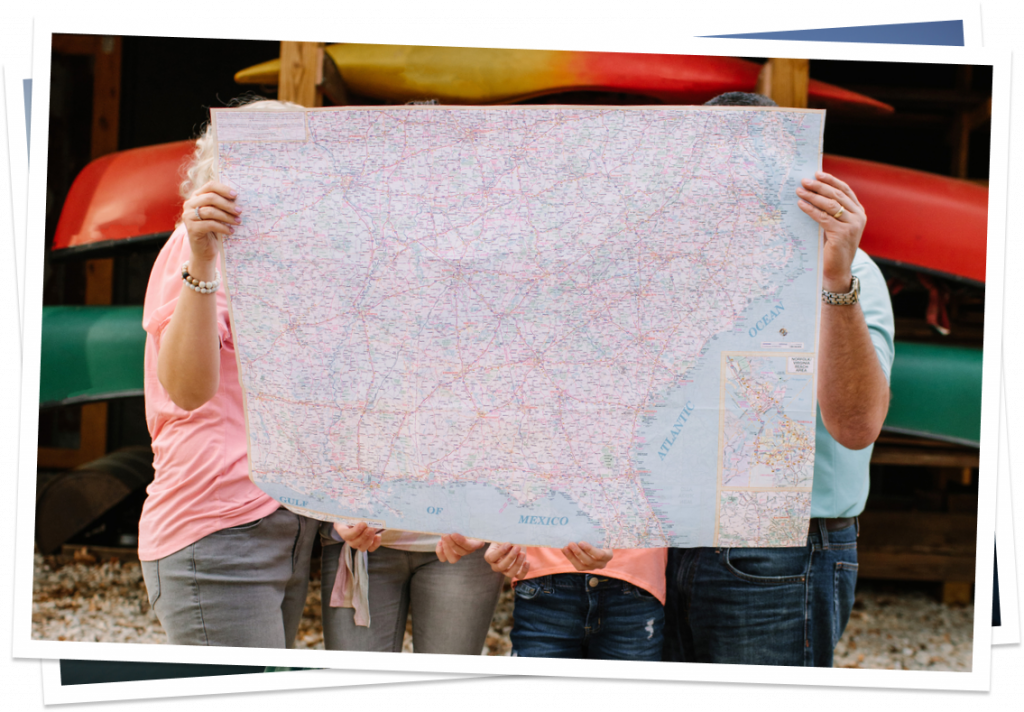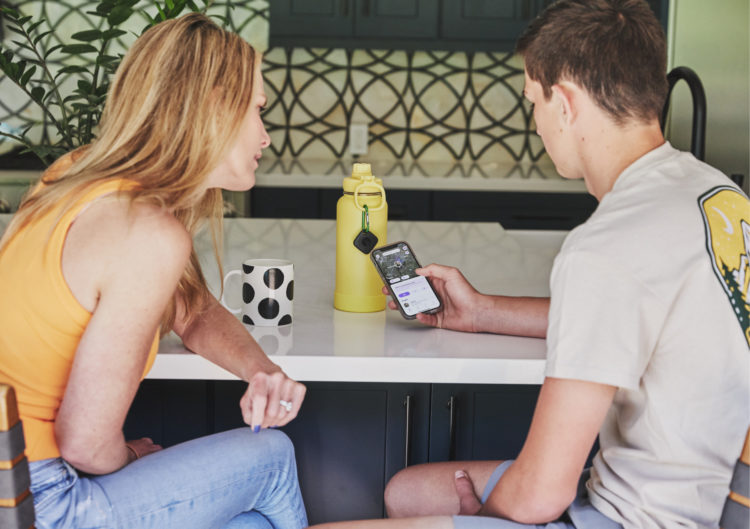Your Summer Road Trip Safety Checklist
By Jason Brick
Jason Brick has been a journalist for 12 years, a father for 24 years, and a martial artist for 37 years. He combines this knowledge every week with his Safest Family on the Block YouTube series, where he interviews subject matter experts on everything from crime prevention, to household safety, to mental health. Jason is our go-to guy for dadvice and safety tips here at Life360.

After what seems like the longest year on record, summer is upon us again. It’s time for barbecues, swimming lessons, treehouse sleepovers…and road trips. Whether you’re going on the great American journey, or just two towns over to grandma’s house, chances are your family will experience this at least once between now and back-to-school season.
Road trips are fun, educational ways to bring the family closer, but they also expose you to hazards you wouldn’t encounter while safe at home. That’s the bad news. The good news is, you can minimize those risks with a road trip safety checklist.
Surgeons, bodyguards, and military units use checklists to make sure they do their jobs as safely as possible. Your family can do the same. This checklist comes in three parts, one for each part of the journey.
Preparation Stage
Just like most other aspects of life, much of the most important work with road trip safety happens before you start. In this case, you’ll take steps to ensure your trip is planned safely, and your car is ready for the rigors of the road.
- Map out your route – know before you leave home the routes you’ll drive, and your alternate routes in case of trouble.
- Build emergency plans – what you’ll do if you get separated, or somebody gets injured, or if you get a flat. If you set these up and practice them early, you’ll all know what to do in the moment.
- Test your tires – perform the “penny check” for tread, and inflate them to the recommended PSI. Insert a penny into the tread, top toward the tire. If you can see the top of Abe’s head, your tires need replacing.
- Get a tune up – or at least a run through your local oil change place. Breakdowns are much more dangerous and expensive on the open road.
- Set up Roadside Assistance – with Life360’s 24/7 suite of roadside help options, you want to know how you’ll get that tow, locksmith, jumpstart, or refuel before you need it.
- Refill the first aid kit – don’t get caught in an emergency and find out you used your last ice pack at last month’s soccer game.
- Pack an emergency kit – the right set of supplies keeps inconveniences from becoming emergencies, and emergencies from becoming tragedies.
- Buy a paper map – one for each region you’ll drive through. If you end up without signal, this “old school” technology can be a literal lifesaver.
- Plan your packing – knowing the weight limit and cargo capacity of your car, set packing limits to match and know where everything will ride during travel.
Travel Stage
A few simple safety steps each day will keep your road trip as safe as it can possibly be. These items are less like a checklist, and more like a set of habits to make part of your travel lifestyle.
- Plan to drive until dinner – end your driving day in early evening. You’ll be late sometimes, but late for dinner leaves you less fatigued and accident-prone than late for a nighttime arrival.
- Check for updates – use your phone and the local news to find out if any local construction, accidents, or other issues mean you should change your route or plans. Make those changes before you set out.
- Use cruise control – this keeps your driving speed from slowly creeping up, which makes you safer from both accidents and tickets.
- Pull over – whenever you need to check your phone, unbuckle for a moment, or give your attention to the kids. Resist the temptation to make risky moves on the go to save a few seconds.
- Fill at half a tank – this way you never run out of gas, even when things go wrong. As far as you’re concerned, ½ is the new E.
Destination Stage
It’s easy to let our guards down the second the car stops moving, but following this checklist on arrival will mean you’re safe even as everybody’s asleep.
- Fill up – do this at the closest truck stop or gas station to where you’re sleeping, so you start the morning with a full tank. While you’re there, fill up on drinks and road snacks so you can just hit the road the next day.
- Scan the parking lot – as you drive in, as you park, and as you step out of the car. Look for any hazards or signs that the neighborhood is worse than you thought. Don’t hesitate to change hotels or campgrounds if you don’t like what you see.
- Check in quickly – minimize the amount of time you stand around in full view of criminals.
- Check the doors – make sure they are sturdy and lock well. If you’re unsure, use a doorstop or wrap a belt around the pneumatic closer for extra protection.
- Walk the emergency route – read the fire escape map on the back of the door. Walk it once for practice, and to check for obstructions or other issues.
- Check the hospital – use the internet to find the route to the nearest hospital, and the best hospital for tomorrow’s leg of the journey. Life360’s nurse helpline is always there for advice and basic assistance, but you always want to know where to find the big league help.
- Review tomorrow’s plan – go over what you will all do the next day, to build excitement and to check for potential problems.
Okay. So Now What?
Experts who use checklists approach them in three stages. For the first stage, they read the checklist start-to-finish, making notes of anything they lack the tools, people, or other resources to carry out. They then go and acquire those resources. For the second stage, they review the most relevant part of the checklist to prime their memory. Finally, they conduct the task at hand, using the checklist as a guide.
Hope this helps get you prepped and ready for the adventure ahead. Have fun and be safe!


